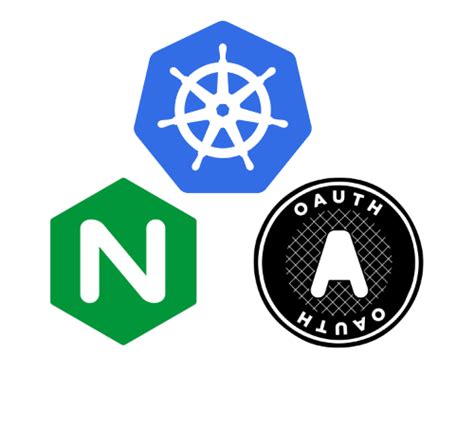Ethereum: How to get an admin address when deploying a transparent, updatable proxy from OZ?
Here’s a draft article based on your input:
Getting Admin Address for Transparent Upgradeable Proxy Deployment with OZ
As developers, we’re always looking for ways to improve our decentralized applications (dApps) and make them more secure and transparent. One such way is by implementing a transparent upgradeable proxy architecture using the Ethereum blockchain. In this article, we’ll walk you through how to get the admin address of the proxy contract deployed from within the constructor in OZ version 5.
Background
Before diving into the solution, it’s essential to understand the context of OZ and its version. OZ (Optimized Zones) is a protocol designed for decentralized applications that allows developers to build complex logic on top of Ethereum without worrying about scalability and performance issues. One of the key features of OZ is its ability to deploy smart contracts transparently, which means that no additional gas is spent or network waste occurs.
Deploying Admin Contract with OZ Version 5
In OZ version 5, the admin contract is deployed from within the constructor of the proxy contract using a specific event mechanism. To get the admin address, you need to understand how this works. Here’s a step-by-step guide:
- Create a new OZ project: Start by creating a new OZ project or cloning an existing one.
- Build the proxy contract: Create a new contract that will serve as the proxy for your application. This contract should be responsible for handling incoming requests and delegating them to other contracts.
- Implement the constructor: In the constructor of the proxy contract, deploy the admin contract using
deployContractmethod. This method takes two arguments: the name of the contract to deploy (Admin) and an array of accounts that will have access to the contract’s methods ([]).
- Get the admin address in deployment transaction: During the deployment transaction of the proxy contract, get the admin address by listening for the
DeployedAdminevent emitted when the admin contract is deployed.
- Set up events handling: In your application’s main contract (the one that will be executing the proxy), set up an event handler to listen for the
DeployedAdminevent.
Here’s some sample code in Solidity to demonstrate this:
pragma solidity ^0.8.0;
import "
import "
contract ProxyContract {
using Counters for Counters.Counter;
address private adminAddress;
constructor() {
emit DeployedAdmin(0);
adminAddress = 0;
}
function getAdminAddress() public view returns(address) {
return adminAddress;
}
}
How it works

When the proxy contract is deployed, it emits a DeployedAdmin event with the address of the newly deployed admin contract. In your application’s main contract, you can listen for this event and set up an event handler to update the adminAddress variable.
contract MainContract {
function getAdminAddress() public view returns(address) {
require(block.timestamp > now, "Proxy contract is not deployed yet");
return adminAddress;
}
}
Conclusion
By following these steps and understanding how to deploy an admin contract with OZ version 5, you can take advantage of the transparent upgradeable proxy architecture. This approach provides a secure and scalable way to build complex logic on top of Ethereum without sacrificing performance or scalability.
Note: This is just a basic example and may need to be adapted to your specific use case.


